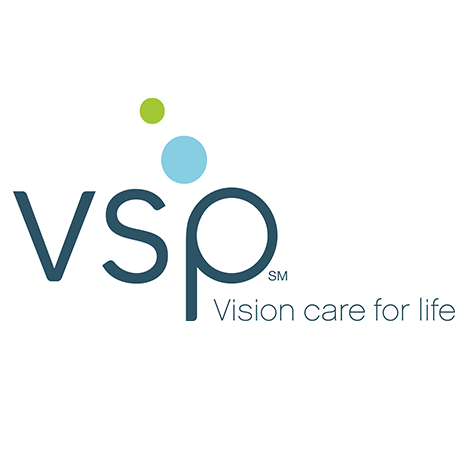Dry eye disease (DED) is highly prevalent in our world today, with up to 50% of people experiencing signs and symptoms of dry eye. Dry eye disease occurs when the ocular surface is insufficiently or ineffectively moisturized. Common symptoms of dry eye include:
- Eyes that burn or sting
- Itchy, red eyes
- Excess tearing
- Eyes that feel dry
- Blurry vision & fluctuating vision
- Tired eyes
- Foreign body sensation
- Inability to wear contact lenses comfortably
- Sensitivity to light
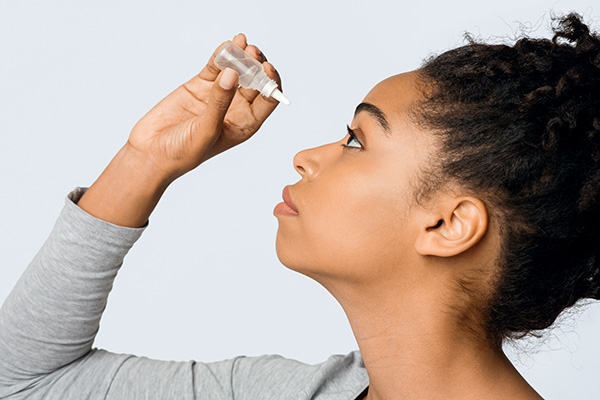
There are multiple factors that contribute to or worsen dry eye disease. Women are much more likely than men to suffer from dry eye. Other factors include:
- Meibomian gland dysfunction (MGD) – the most common cause of dry eye
- Age – higher incidence of dry eyes in those above age 50
- Medications – including anti-depressants, antihistamines, decongestants, and blood pressure medications
- Environmental factors – dry, windy environments, fans, heaters, air conditioning
- Screen time – Extensive use of computers and digital devices causing a reduced blink rate
- Autoimmune disorders – such as Sjogrens, rheumatoid arthritis, and others
- Contact lens use
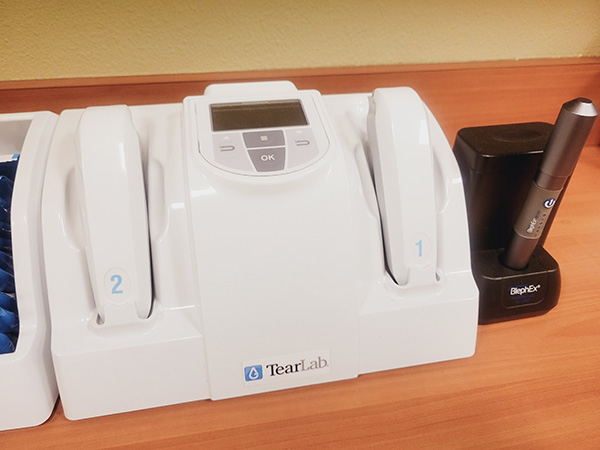
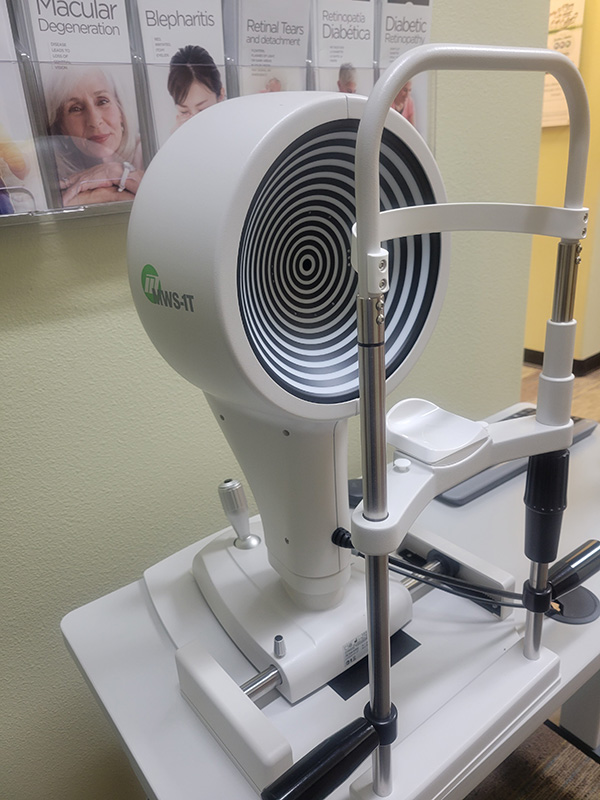 Specialized testing, such as tear osmolarity testing and meibography can help our doctors determine what kind of dry eye you may have and the severity of it. They can then tailor a treatment plan for you.
Specialized testing, such as tear osmolarity testing and meibography can help our doctors determine what kind of dry eye you may have and the severity of it. They can then tailor a treatment plan for you.
Treatment can consist of various kinds of artificial tears, prescription eye drops, biologic eye drops, warm compresses, omega-3 fatty acid supplements, Blephex eyelid debridement, Equinox low-level light therapy (LLLT), punctal plugs, and others.
